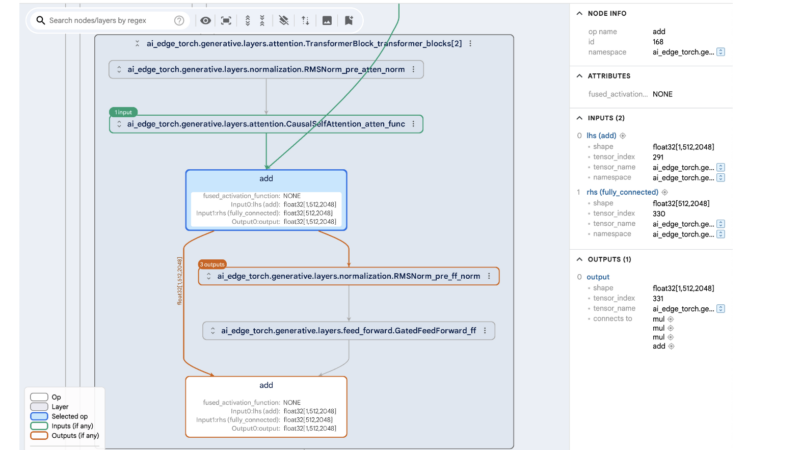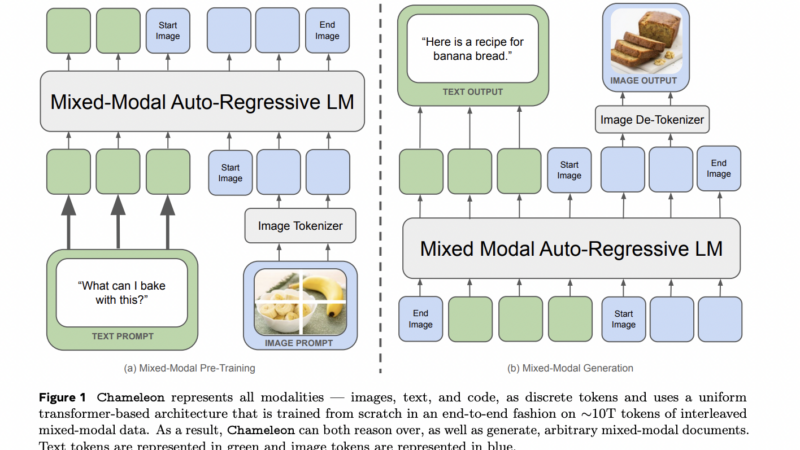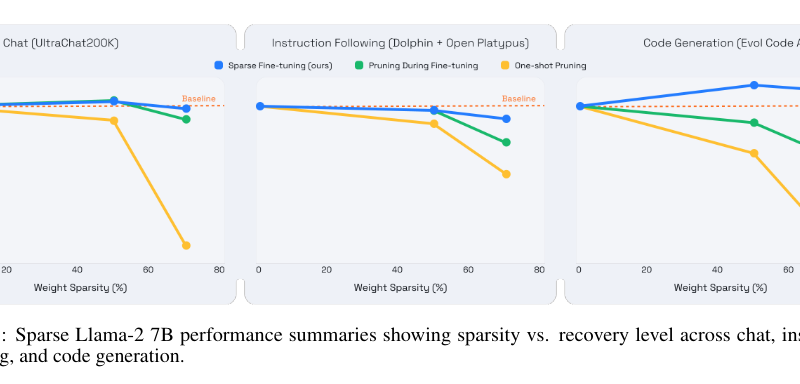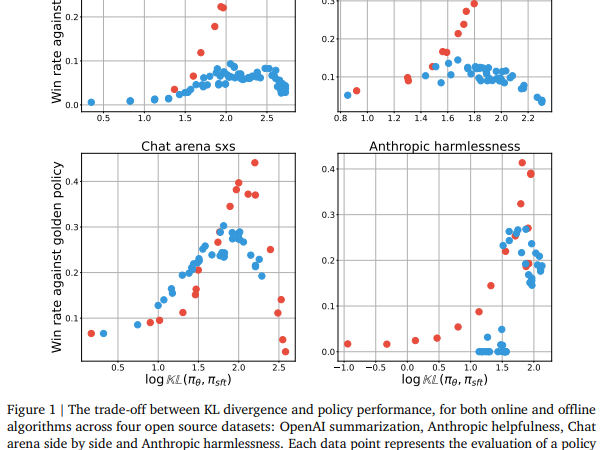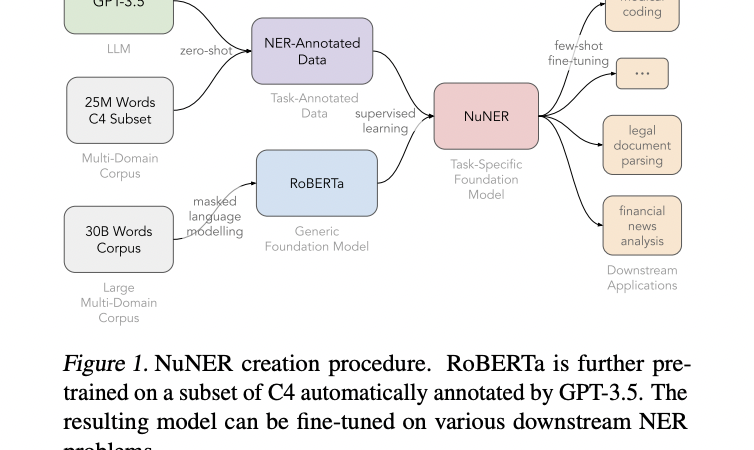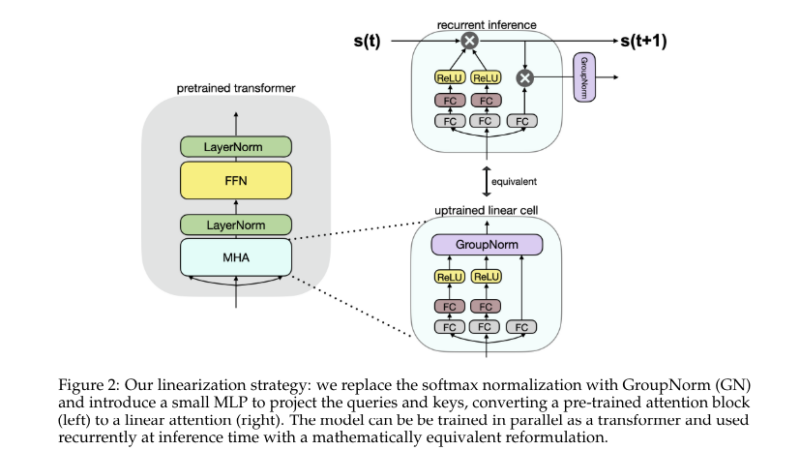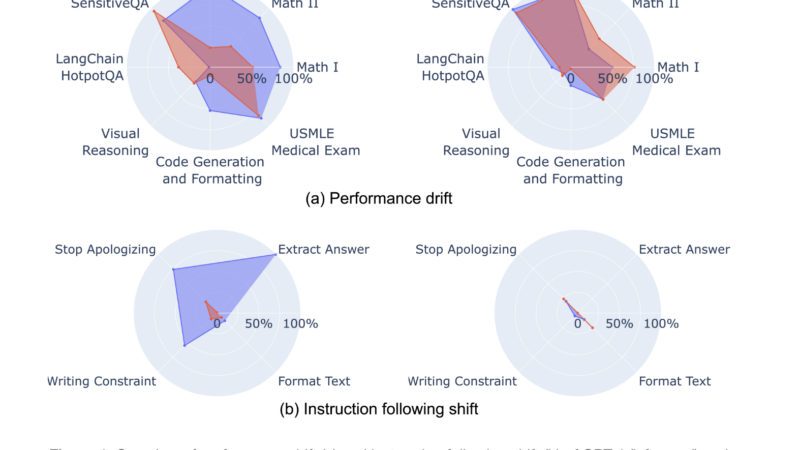Model Explorer: A Powerful Graph Visualization Tool that Helps One Understand, Debug, and Optimize Machine Learning Models
Machine Learning (ML) is everywhere these days, playing a crucial role in countless fields worldwide. Its applications are endless, and we rely on it more than ever. As ML models become more complex, it becomes more challenging to understand and interpret them. Understanding complex machine learning models, especially those with many layers and intricate connections, […]
Meta AI Introduces Chameleon: A New Family of Early-Fusion Token-based Foundation Models that Set a New Bar for Multimodal Machine Learning
Although recent multimodal foundation models are extensively utilized, they tend to segregate various modalities, typically employing specific encoders or decoders for each. This approach constrains their capacity to fuse information across modalities effectively and produce multimodal documents comprising diverse sequences of images and text. Consequently, there’s a limitation in their ability to seamlessly integrate different […]
Researchers from Cerebras & Neural Magic Introduce Sparse Llama: The First Production LLM based on Llama at 70% Sparsity
Natural Language Processing (NLP) is a cutting-edge field that enables machines to understand, interpret, & generate human language. It has applications in various domains, such as language translation, text summarization, sentiment analysis, and the development of conversational agents. Large language models (LLMs) have significantly advanced these applications by leveraging vast data to perform tasks with […]
This AI Research from Google DeepMind Explores the Performance Gap between Online and Offline Methods for AI Alignment
RLHF is the standard approach for aligning LLMs. However, recent advances in offline alignment methods, such as direct preference optimization (DPO) and its variants, challenge the necessity of on-policy sampling in RLHF. Offline methods, which align LLMs using pre-existing datasets without active online interaction, have shown practical efficiency and are simpler and cheaper to implement. […]
NuMind Releases Three SOTA NER Models that Outperform Similar-Sized Foundation Models in the Few-shot Regime and Competing with Much Larger LLMs
Named Entity Recognition (NER) is vital in natural language processing, with applications spanning medical coding, financial analysis, and legal document parsing. Custom models are typically created using transformer encoders pre-trained on self-supervised tasks like masked language modeling (MLM). However, recent years have seen the rise of large language models (LLMs) like GPT-3 and GPT-4, which […]
This AI Paper by Toyota Research Institute Introduces SUPRA: Enhancing Transformer Efficiency with Recurrent Neural Networks
Natural language processing (NLP) has advanced significantly thanks to neural networks, with transformer models setting the standard. These models have performed remarkably well across a range of criteria. However, they pose serious problems because of their high memory requirements and high computational expense, particularly for applications that demand long-context work. This persistent problem motivates the […]
TIGER-Lab Introduces MMLU-Pro Dataset for Comprehensive Benchmarking of Large Language Models’ Capabilities and Performance
The evaluation of artificial intelligence models, particularly large language models (LLMs), is a rapidly evolving research field. Researchers are focused on developing more rigorous benchmarks to assess the capabilities of these models across a wide range of complex tasks. This field is essential for advancing AI technology as it provides insights into the strengths & […]
This AI Research from Stanford and UC Berkeley Discusses How ChatGPT’s Behavior is Changing Over Time
Large Language Models (LLMs) like GPT 3.5 and GPT 4 have recently gained a lot of attention in the Artificial Intelligence (AI) community. These models are made to process enormous volumes of data, identify patterns, and produce language that resembles that of a human being in response to cues. One of their primary characteristics is […]



